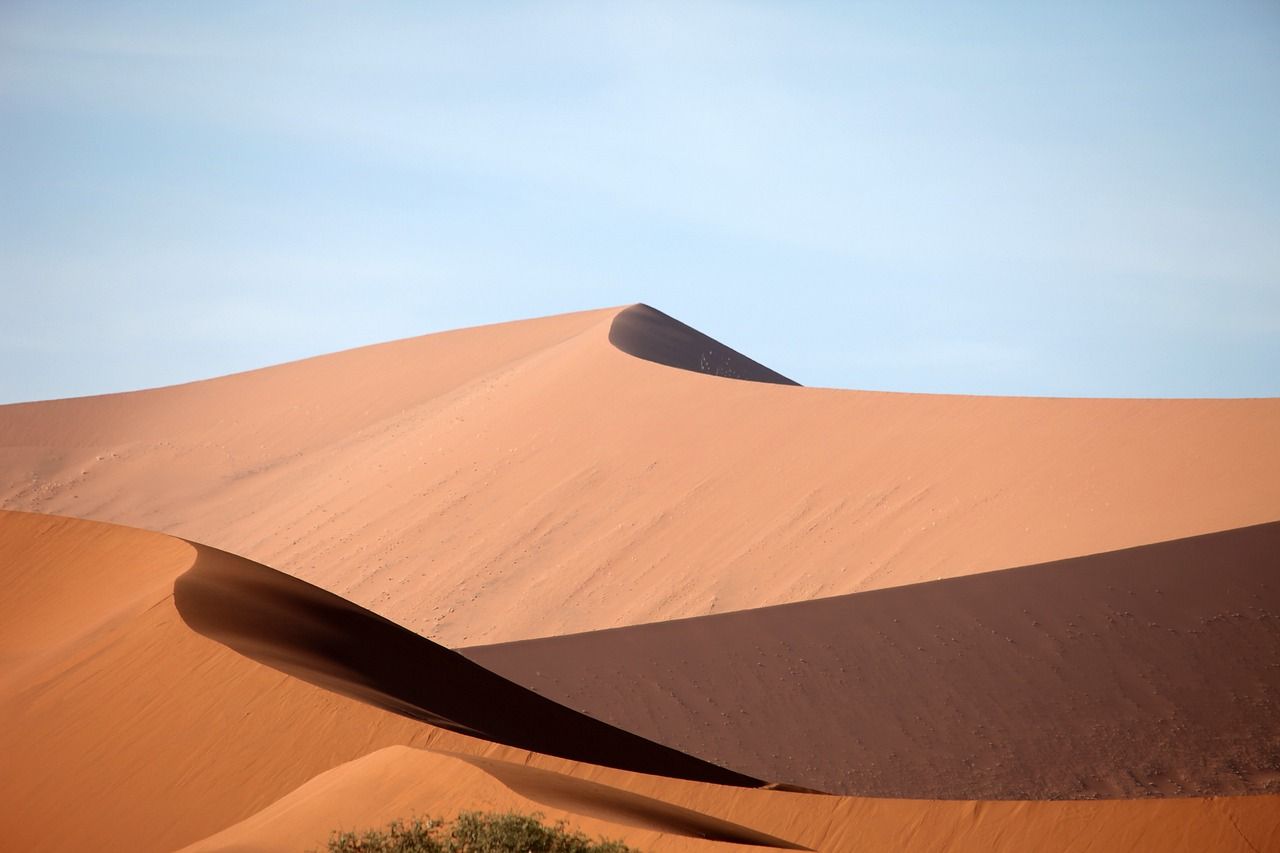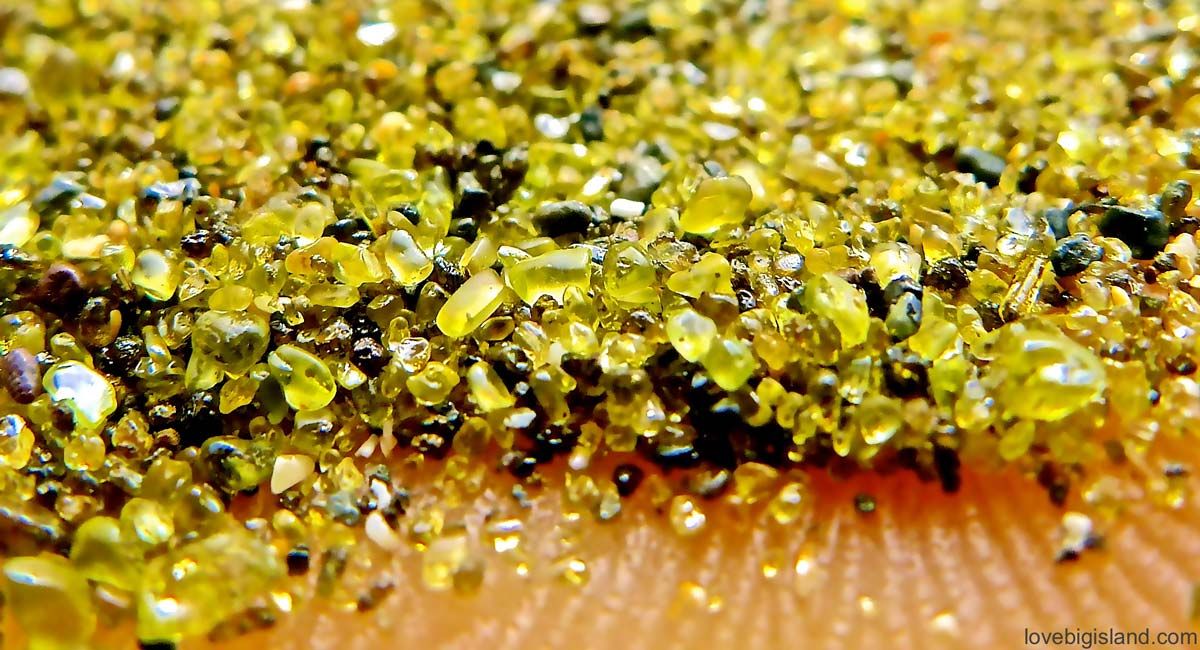Follow us on Google News (click on ☆)

Image Credit: Pixabay
White sands, for example, are often composed of quartz and feldspar, two minerals that reflect light similarly to snow. They can be found particularly on the beaches of the Mediterranean and the Caribbean. Yellow sands, on the other hand, often originate from the decomposition of volcanic rocks and contain oxidized iron particles, which provide their distinctive hue. The beaches of Hawaii and California are good examples of this.
But the spectrum of sand colors doesn't stop there. Red sands, often made up of minerals containing iron and titanium, are characteristic of desert regions like the Sahara or the Gobi Desert. Green sands, on the other hand, are often associated with minerals such as olivine or glauconite and can be found on the beaches of certain Pacific islands.

Namibia - Image Credit: Pixabay
The particle size of sand also plays an important role in determining the color. Fine sands, for example, can have a lighter color than coarse sands because smaller particles reflect light more efficiently. Finally, the presence of impurities, such as coal, silica, or metallic minerals, can give sand shades of gray, green, or blue.

Close-up of green sand grains (lovebigisland.com)
Next time you find yourself on a beach, take a moment to observe the color of the sand beneath your feet and examine the grains that make it up.